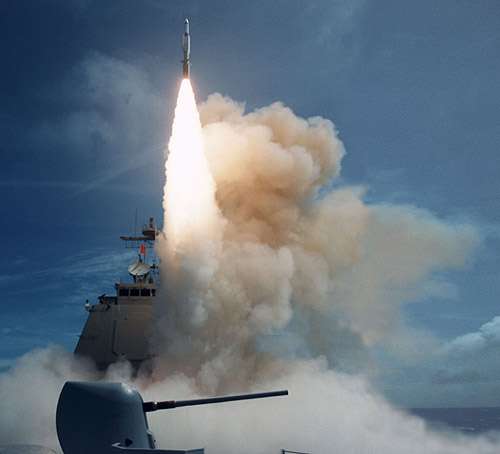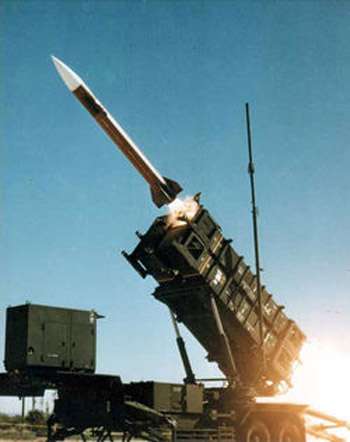Iran Nuclear Watch: Iran Cleric Ahmad Khatami Warns Israel of Missile Attack
Iranian cleric Hojatoleslam Ahmad Khatami speaks at Tehran University in February 2006. Khatami has vowed a harsh response in case of a showdown with the West over Tehran’s controversial nuclear programme and said Iran would not abide by “bullying” Security Council resolutions.
AP: Iranian Warns Israel to Fear Missiles
An Iranian hard-line cleric warned Israel on Tuesday that Iran’s long-range missiles will land in Tel Aviv if the Jewish state attacks Iran, state-run television reported.
Ahmad Khatami, a mid-ranking cleric, said Israel should bear in mind its monthlong war with Lebanon’s Hezbollah guerrillas before considering any threats against Iran.
Boasting that Hezbollah’s 40-mile range missiles “turned Israel into a country of ghosts,” Khatami declared that Israel would face dire consequences if it “makes an iota of aggression against Iran.”
“They must fear the day (Iran’s) 2,000-kilometer (1,250-mile) range missiles land in the heart of Tel Aviv,” he said.
Israel does fear the mid-range missiles of Iran. But, they have missile defenses and are deploying more – and fast.
And……

As the United States THAAD missiles begin manufacture and deployment, Flap is sure that this missile system will be sold to Israel.

THAAD Mobile Launchers
And, of course, Israel possesses nuclear weapons as a deterrent.
The world has no illusions that Israel would not hesitate to “NUKE” Tehran or the Natanz uranium enrichment facility if a strategic threat to Israel’s existence was perceived.
Khatami’s comment about Iran’s long-range capabilities appeared to refer to an upgraded version of its Shahab-3 missile, which is capable of carrying a nuclear warhead and reaching Israel and U.S. bases in the Middle East.
Iran’s military test-fired a series of missiles during large-scale war games in the Persian Gulf in March and April including a missile not detectable by radar that can use multiple warheads to hit several targets simultaneously, a development that raised concerns in the United States and Israel.
Stay tuned for the August 22nd response to the P-5-Plus-1 proposal and the UNSC deadline of August 31.
Previous:

The Natanz uranium enrichment complex in Natanz is pictured in this January 2, 2006 satellite image.
Technorati Tags: Iran, Ahmadinejad


